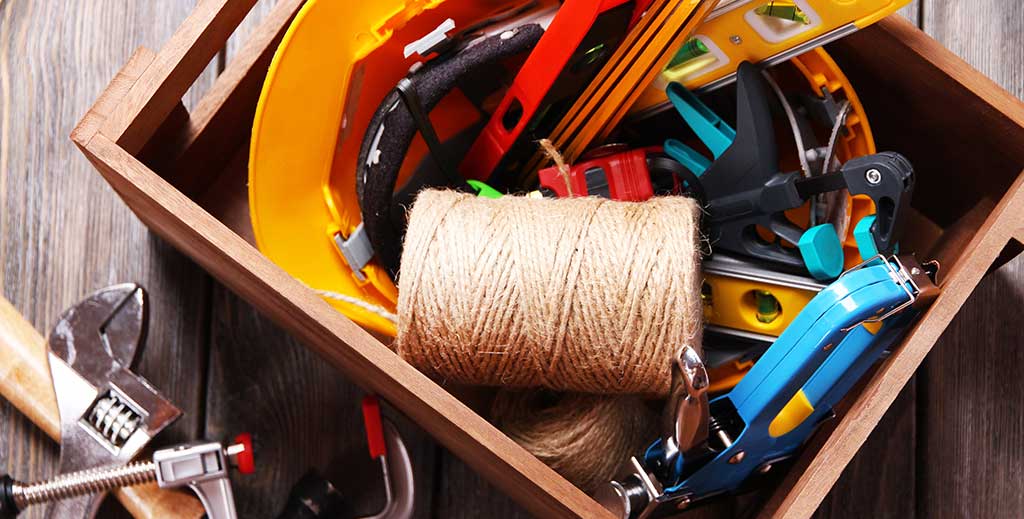Toolbox Talk Tuesday
Ref: Moore, J.; National Safety Magazine; http://proactive-resolutions.com
Rule number one is to follow the rules. Rule number two is to see rule one.
We sometimes baulk at the clarity of the rules. We would rather follow the rules when it suits us and we quickly settle for mediocrity.
We ‘kind of’ follow the rules or we say to each other “Well – technically – this is breaking the rule”.
But because it is just a ‘technical’ breach, it’s deemed acceptable to break the rule.
But breaking the rules when it suits us, and treating rules as suggestions or options, is a race towards mediocre performance.
In many workplaces, settling for mediocrity and occasional compliance is tolerated and sanctioned.
It may be OK, for example, to use your iPhone during meetings; it may be accepted that a 9am meeting really starts at 9.15am; or you may have noticed other rules being breached.
One question you need to ask yourself: Is the race to mediocre performance one you want to win?
Conversations around ‘following the OHS rules – no exceptions’ are confronting to some.
They will object, with the most common objection being “No-one else follows the rules!”
It is not a sophisticated argument – we all started using it at around the age of eight or nine, when we tried to convince our parents that we had to have the latest gimmick or toy because “everybody has one”.
Our first step towards building a workplace in which rules are respected is to understand that the vast majority of people at work do follow the rules.
Most people at work and in the community are highly motivated to do the right thing, and all you have to do is to make it easy for them and they will follow the rules.
There are three conditions, however, under which any one of us will struggle to follow the rules.
We are less likely to comply when we do not understand why following the rules is important; when we see others breaking the rules and getting away with it; and when our managers hold us accountable for complying and do not observe the rules themselves.
Under these conditions, many employees who are prepared to do the right thing will backslide and comply only some of the time – or simply decide not to comply.
The solution here is to dry up the conditions under which poor compliance thrives.
For example, some office workers may need, at times, to go into the company warehouse or factory.
Office workers generally do not need to wear hi-visibility clothing, safety boots or safety glasses.
So when employees such as the HR manager, payroll officer or finance manager need to get out ‘on the floor’ they may not be appropriately dressed and so may break some of the OHS rules.
You will find that by supporting managers and employees and making it easier for everyone to follow the rules than to break them, more staff will adhere to OHS rules.
Sometimes, however, the OHS rules will be broken.
We may have a ‘bad day’; we may be keen to comply but occasionally slip up.
When we do break an OHS rule, however,we should expect one of our colleagues to let us know – regardless of our rank.
If a physician is about to administer a drug to which a patient is allergic and the nurse notices, would you expect the nurse to say nothing because the doctor pulls rank?
The challenge here is in equipping managers and employees to be able to better communicate and attempt to resolve, locally, day-to-day OHS disagreements and breaches.
Encourage staff to have high expectations of each other, to invest time and effort in helping each other to follow the rules and to get along.
Don’t complicate compliance – i.e., make it easy to follow the rules – and we will all follow them.
““Now is the accepted time, not tomorrow, not some more convenient season. It is today that our best work can be done and not some future day or future year” W.E.B.
Thanks TO



